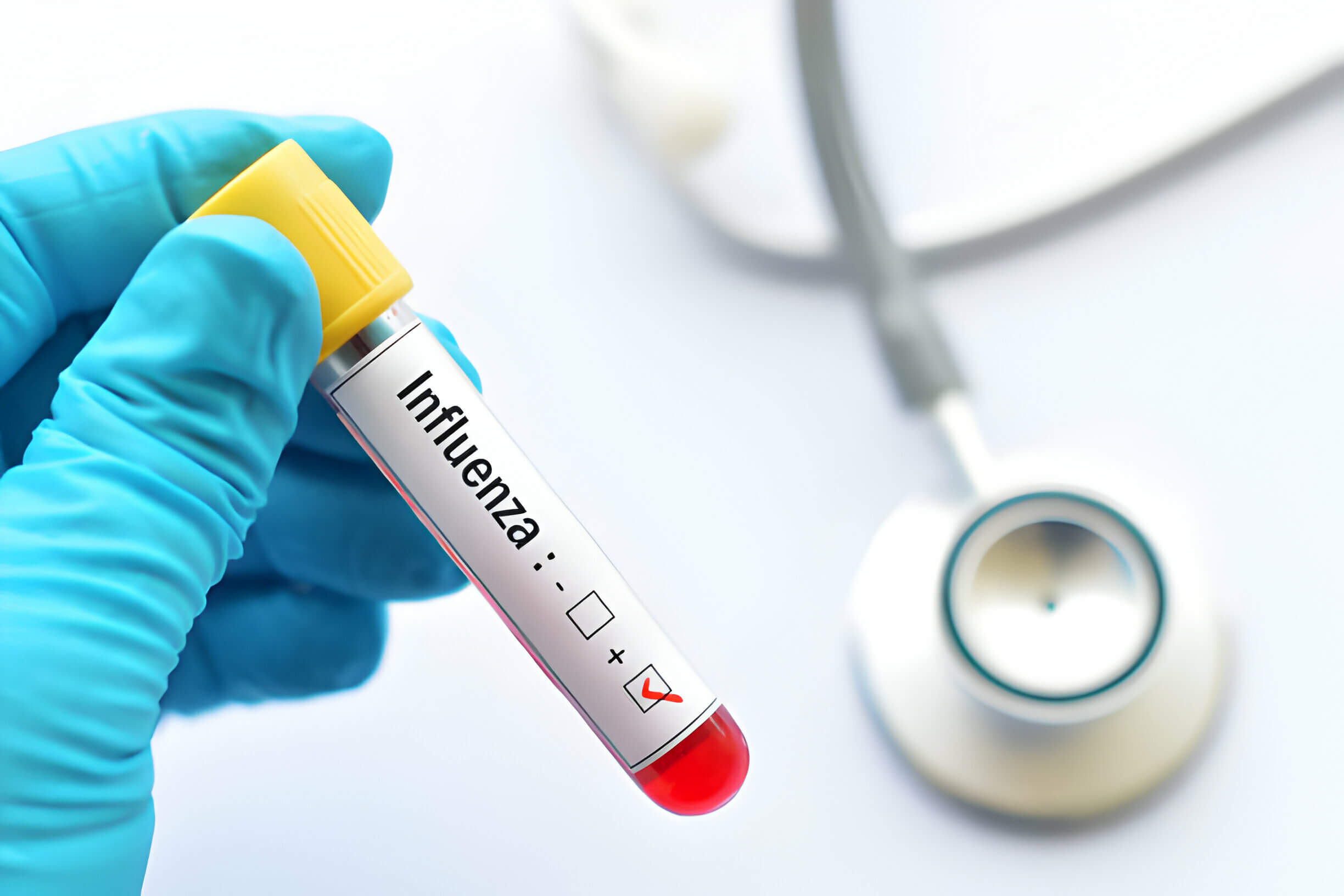Laboratory Diagnosis of Influenza: A Guide

Influenza is an acute respiratory infectious disease caused by the influenza virus. Influenza viruses are single-stranded, negative sense RNA viruses of the Orthomyxoviridae family. Human influenza viruses are divided into three types - A, B and C - based on the antigenicity of their nucleoproteins. Influenza A and B viruses circulate seasonally every year, with influenza A capable of causing global pandemics. China's National Influenza Center's Influenza Surveillance Weekly Report indicates that 99% of the current outbreak is the more severe influenza A, mainly the A/H1N1 strain.
While influenza is often self-limiting, some patients may develop complications like pneumonia or worsening of underlying conditions into severe cases. Therefore, early detection, diagnosis and treatment are crucial for influenza prevention and cure. So how can laboratory tests assist in influenza diagnosis when fever, runny nose and cough appear? The 2020 Influenza Diagnosis and Treatment Guidelines state that influenza can be diagnosed by combining pathogen detection with clinical manifestations. As of March 1, 2023, China's National Medical Products Administration has approved nearly 80 influenza test kits, mainly the following three types:
Viral Antigen Detection
Influenza viral antigens can be detected using immunogold assays, immunofluorescence assays and enzyme-linked immunosorbent assays (ELISAs). Antigen detection is fast, especially the immunogold chromatographic technique which is simple, requires no specialized equipment, gives intuitive results and is suitable for primary care and on-site use. However, it has low sensitivity. A positive result supports diagnosis but a negative result cannot rule out influenza.
Nucleic Acid Amplification Testing
Influenza viral RNA can be detected using fluorescence PCR and multiplex PCR. Quantitative fluorescence PCR can quantify viral load and distinguish between influenza subtypes. Multiplex PCR allows simultaneous detection of multiple viruses like influenza A, influenza B and human rhinovirus. However, NAATs require stringent lab conditions, specialized equipment and are more expensive.
Serological Testing
Antibodies can be detected using hemagglutination inhibition and virus neutralization assays. These measure antibody levels in patient serum using known influenza antigens. Serology cannot detect early infections before sufficient antibodies develop. A ≥4-fold rise in virus-specific IgG between acute and convalescent serum is required for diagnosis.
Quality control throughout testing, from proper sample collection and transport, appropriate test selection and assay verification, is crucial for accurate results.
In summary, timely influenza diagnosis facilitates early antiviral treatment, improving cure rates and reducing mortality. Starting treatment within 48 hours of symptom onset provides maximum benefit.
To enable accurate influenza sampling, Mantacc offers specimen collection kits containing flocked nasopharyngeal and oropharyngeal swabs, viral transport medium, sputum collection cups, and storage tubes. These supportive materials adhere to CDC guidelines for proper influenza specimen handling prior to testing. By providing complete sampling kits, Mantacc empowers partners to correctly collect and transport specimens, facilitating accurate downstream influenza diagnosis.
Click to View → Mantacc Swab-based Specimen Collection









